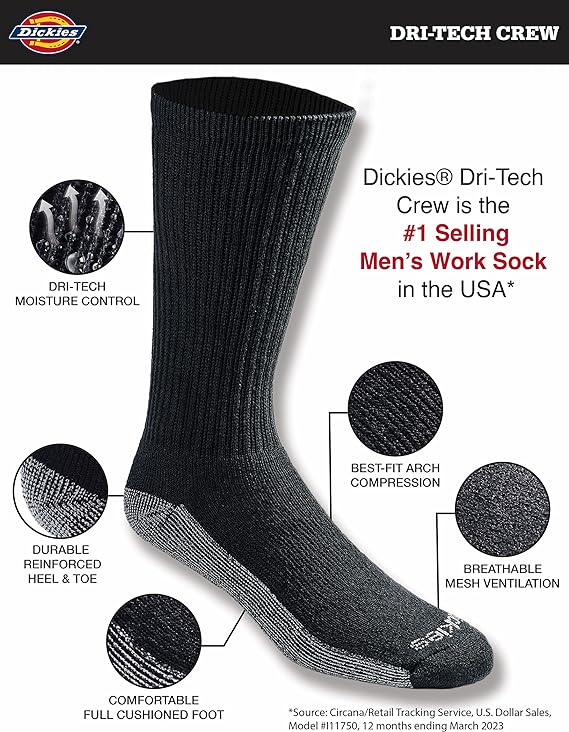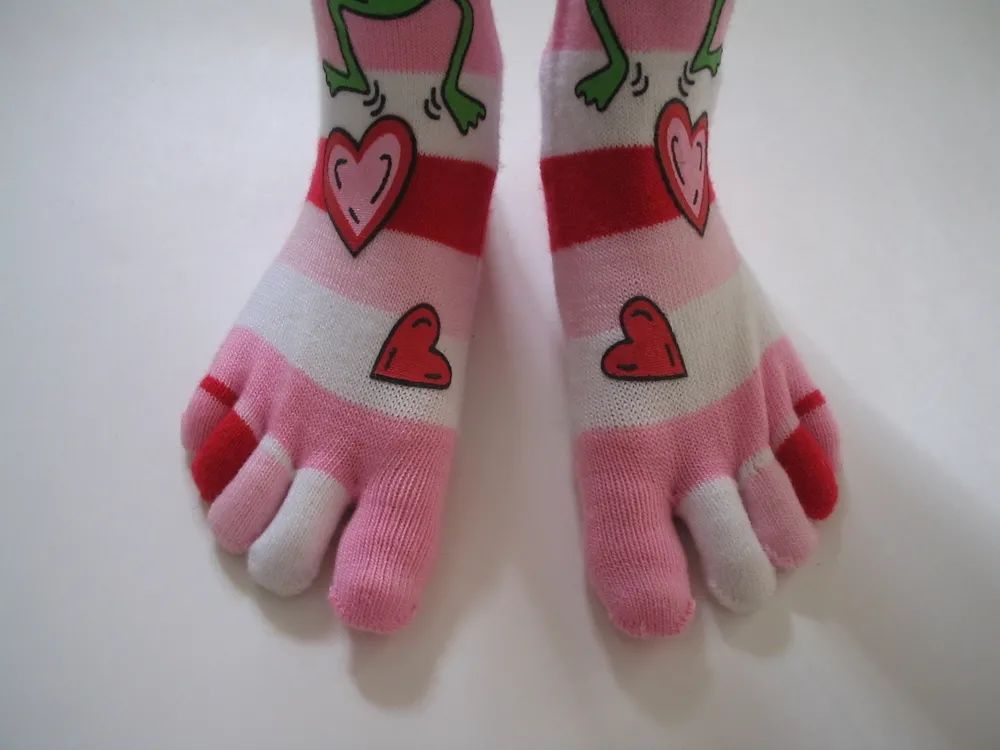Girls who wear stockings have a dirty little secret—smelly feet.
The reason is simple: stockings aren’t breathable. Our feet have over 250,000 sweat glands, producing enough sweat to fill half a water bottle every day. This sweat, combined with bacteria, creates an unpleasant odor. Even for women, it’s hard to avoid this awkward situation.
This holds true for many men as well. Without socks, or with the wrong kind of socks, even with daily washing, foot odor can easily become a problem.
When it comes to socks, warmth and aesthetics are secondary. The most important factor is moisture-wicking ability. Not only can this reduce the frequency of foot odor, but it also provides a dry environment for your feet, preventing that damp and sticky feeling for a more comfortable experience.

So, how do you choose a pair of socks that offer excellent moisture-wicking capabilities and save you from embarrassing situations?
It mainly depends on the material. Besides cotton, there are two other options
If you don’t sweat much, cotton socks are fine, but a higher percentage of cotton isn’t always better.

Cotton is a very versatile textile material. It absorbs moisture well, is comfortable to wear, and is inexpensive as a raw material.
However, contrary to what many people think, we don’t recommend socks made entirely of cotton. This is because cotton lacks elasticity and has average durability, making it less comfortable to wear.
Therefore, whether it’s cotton or other types of socks, we recommend choosing blends that incorporate synthetic fibers like spandex and polyester. These additions can significantly improve durability and comfort.
You can find the detailed composition of the socks on the packaging or product description page.
Additionally, while cotton is good at absorbing moisture, its ability to wick away sweat is not as impressive. If you have particularly sweaty feet, your socks might end up becoming damp.
A better choice would be hemp , bamboo fiber, viscose, or modal fiber.

Linen fiber and bamboo fiber contain many gaps, while viscose and modal fiber have grooved surfaces. Both of these structures can more effectively help wick away sweat, completing the entire process of moisture absorption and sweat wicking. This means that even if you sweat, these materials can help keep your feet as dry as possible.
Hemp and bamboo fibers also possess natural antibacterial and odor-reducing properties, which help minimize unpleasant smells. Viscose and modal fibers, on the other hand, are known for their exceptional softness and comfort against the skin.
For even greater performance, there are two more impressive materials: wool and CoolMax fiber.
Wool not only excels at moisture absorption and perspiration wicking but also effectively reduces microbial contamination. It essentially “locks in” unwanted odors within the shoes, sacrificing itself for the sake of your feet.
CoolMax fiber is a remarkable functional synthetic material with superior moisture-wicking capabilities compared to even natural fibers. Combined with its inherent durability, CoolMax is often found in high-performance outdoor gear.
Next, pay attention to the knitting design.

For summertime, opt for socks with a looser knit and thinner fabric. Their structure naturally allows for better air circulation.
If you tend to sweat between your toes, consider five-toe socks. Each toe is individually wrapped, allowing for direct moisture absorption.
This type of sock, with its even distribution of pressure, is less prone to developing holes. Most everyday five-toe socks also have a certain endearing quality. However, some people might need a short adjustment period to get used to the unique wearing experience.
Here are 3 more tips:

For better warmth, focus on the material composition.
Primarily look for socks with a high content of acrylic and polypropylene. These materials are lightweight, offer excellent insulation, and are budget-friendly.
And, of course, there’s always the reliable wool. Wool not only excels in moisture absorption but also provides warmth. After all, sheep manage to stay warm throughout winter with just their wool coats.
For durability and resistance to wear and tear, examine the toe and heel areas.
While foot odor can be embarrassing, discovering holes in your socks upon taking off your shoes can be even more mortifying. Not to mention, it renders the socks useless.
When selecting socks, pay close attention to whether the toe and heel areas have been reinforced. Without proper reinforcement, these high-stress areas are prone to developing holes, leading to an awkward situation.

0